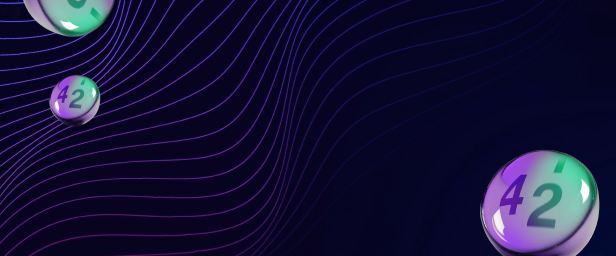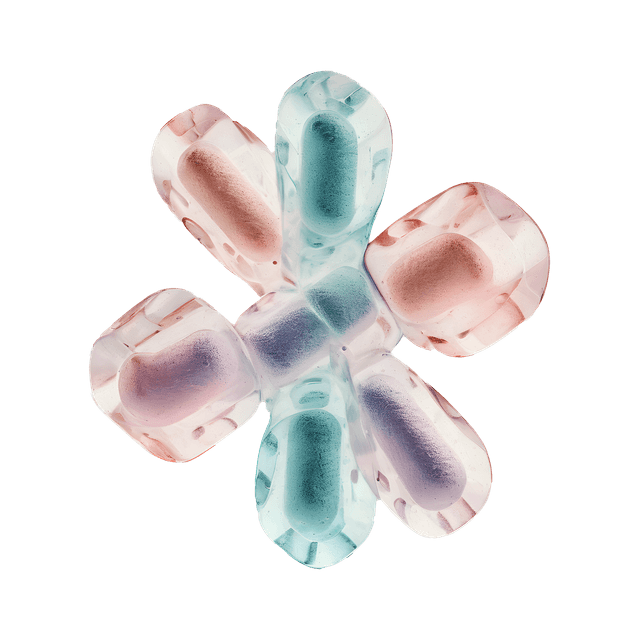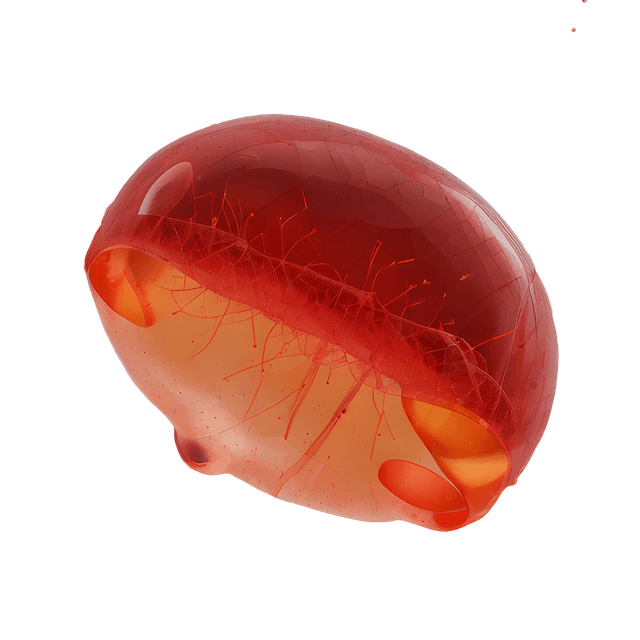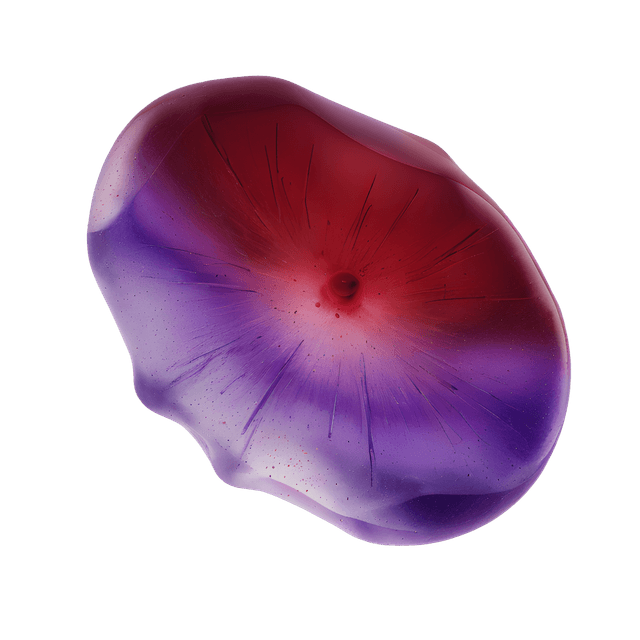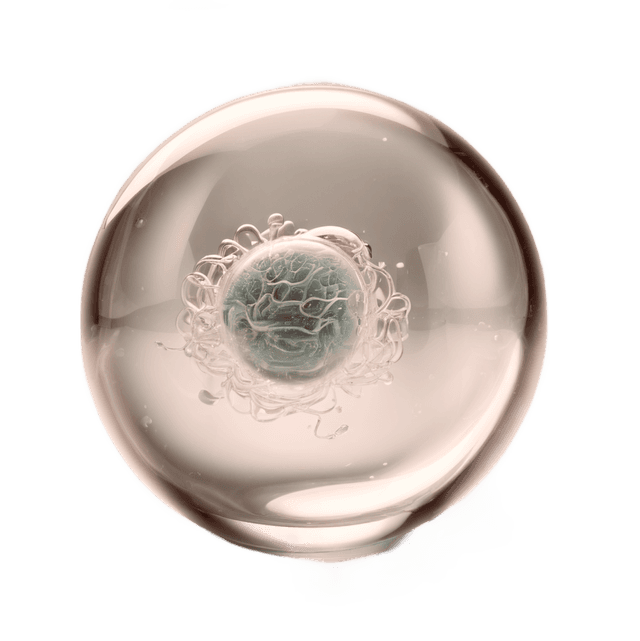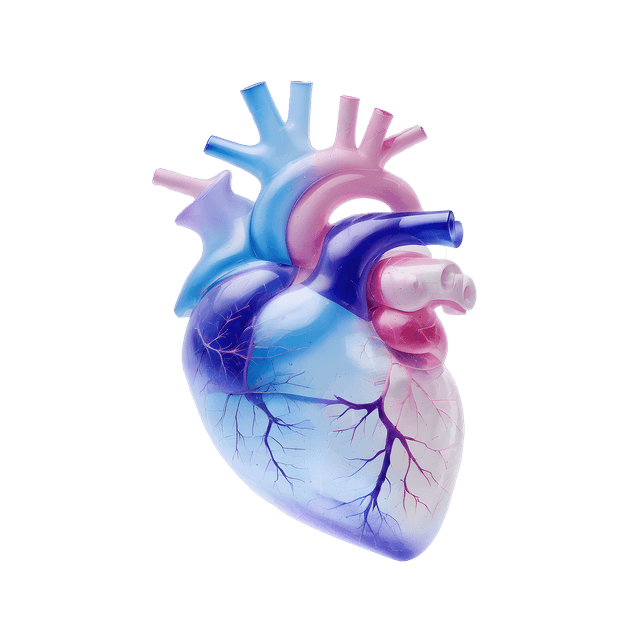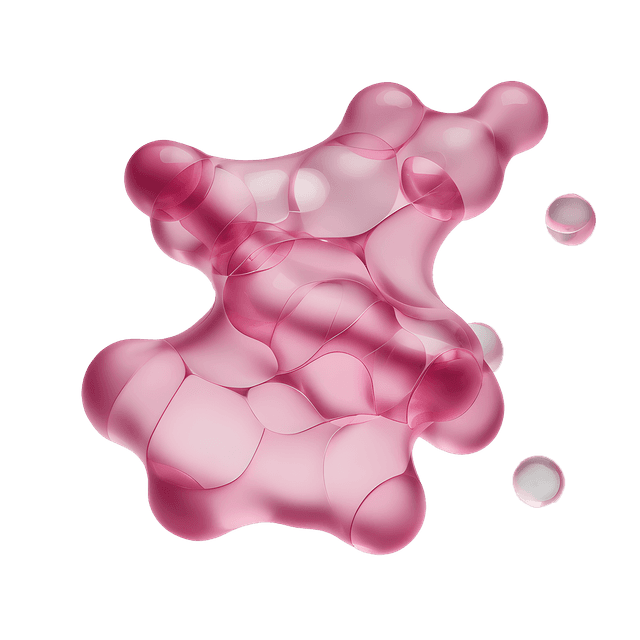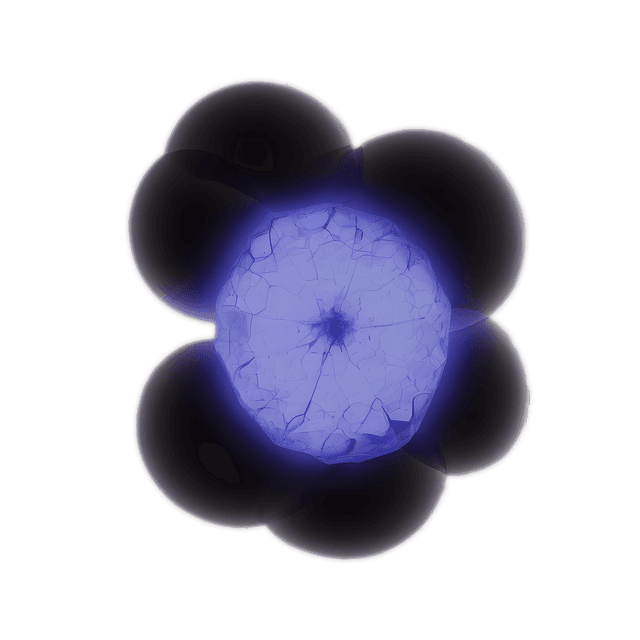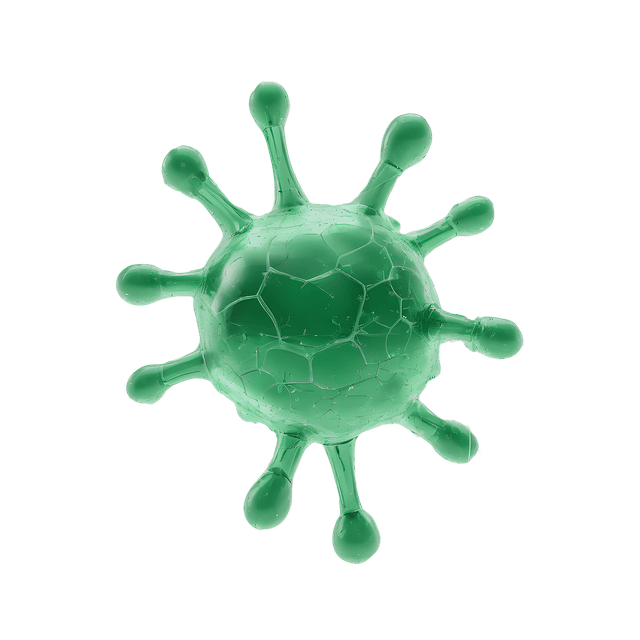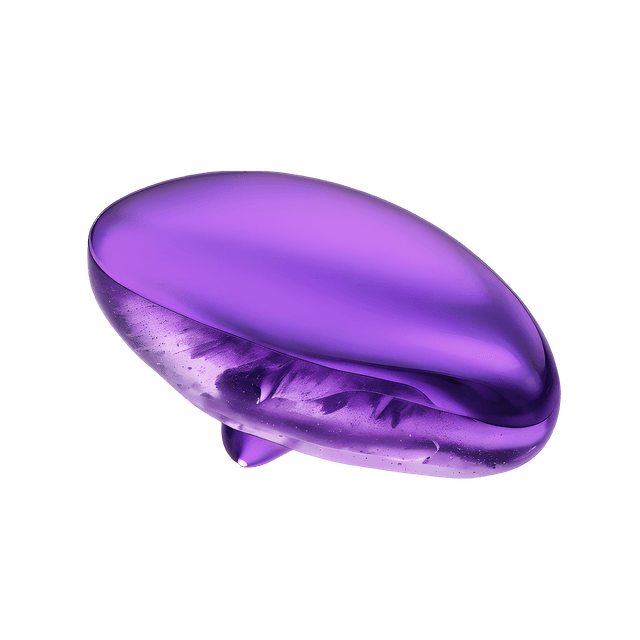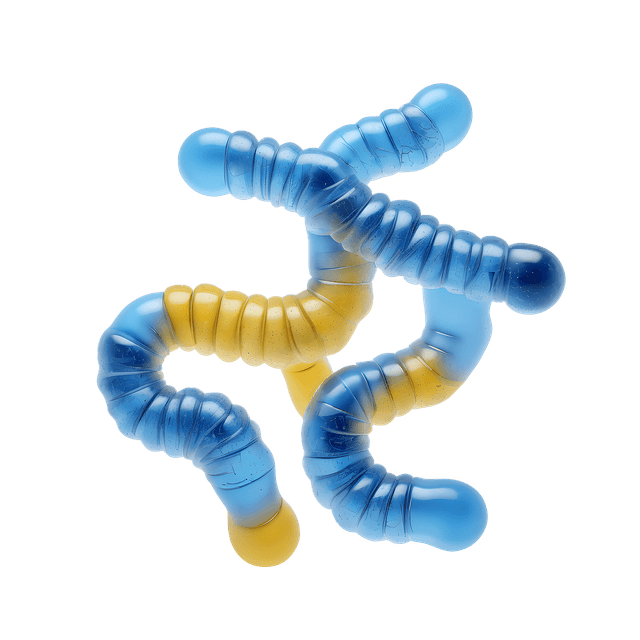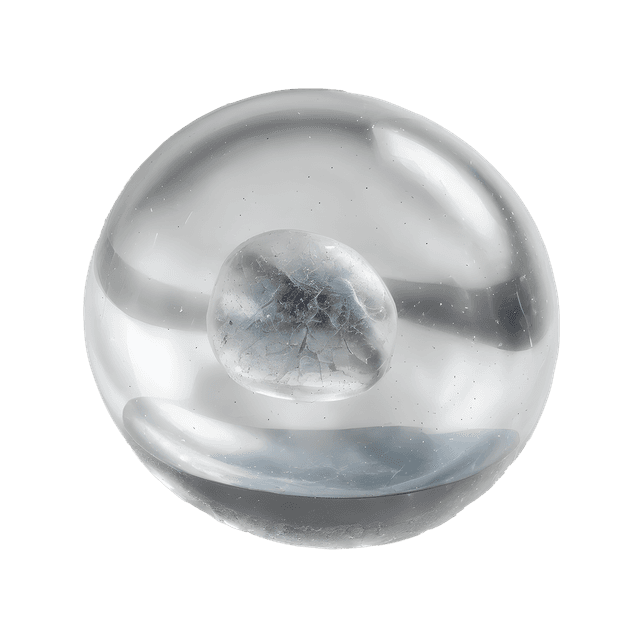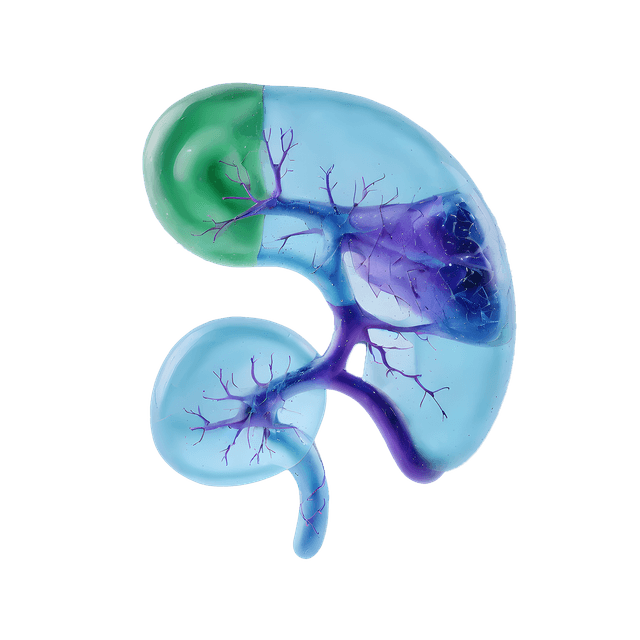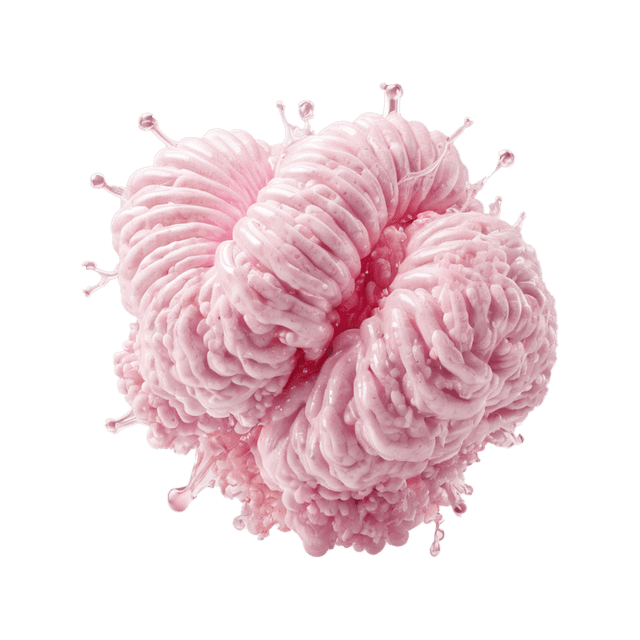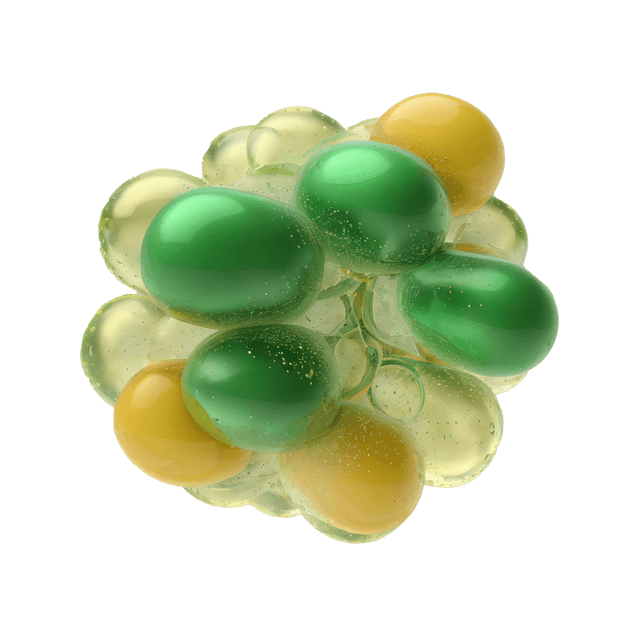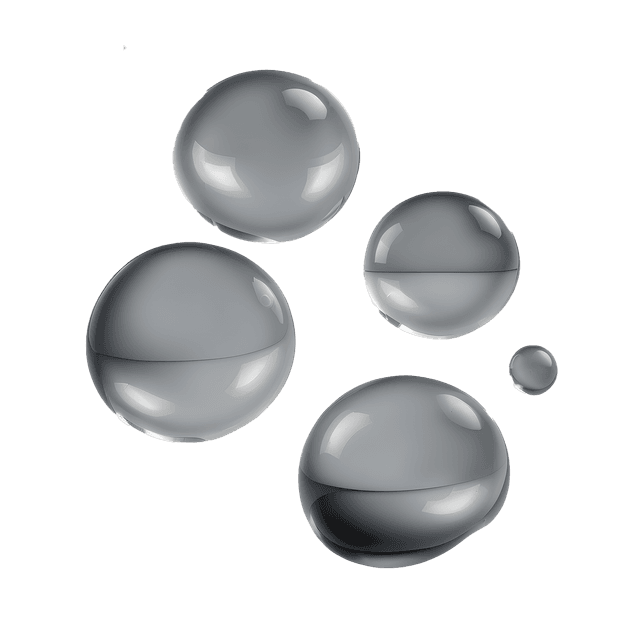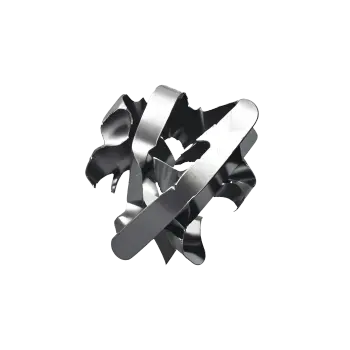Quick version
Iron deficiency is common, but not something to ignore. By listening to your body's signals and taking the symptoms seriously, you can prevent more serious consequences. With the help of simple blood tests, a nutritious diet and, if necessary, iron supplements, you can restore balance - and get your energy back in life.
Tip! Do you want to find out what your iron levels look like? A simple blood test will give you the answer within a few days.
What is iron deficiency – and why is iron so important?
Iron is crucial for the formation of hemoglobin, the oxygen-transporting protein in red blood cells. Without enough iron, oxygen delivery to the body's tissues becomes inadequate. The result? You feel tired, lack energy – and your body goes into a state of low energy.
Iron deficiency is therefore not just a blood deficiency (anemia), but a condition that affects everything from the immune system to mental acuity and physical performance.
A global deficiency – and a women's issue
According to the World Health Organization, around 30% of the world's population suffers from anemia, and in the majority of cases, iron deficiency is the cause. Particularly vulnerable are:
- Women of childbearing age – due to menstruation.
- Pregnant women – where both the woman and the fetus have an increased need for iron.
- Children and adolescents – during periods of rapid growth.
- People with gastrointestinal diseases – which affect the absorption of nutrients.
But men and the elderly can also be affected, especially in cases of bleeding from the gastrointestinal tract or an iron-poor diet.
Common – but often overlooked – symptoms of iron deficiency
Many people walk around with iron deficiency without knowing it. Symptoms can be diffuse, but some signs are particularly common:
- Abnormal fatigue and lack of energy
- Shortness of breath with mild exertion
- Heart palpitations
- Headache and dizziness
- Pale skin or pale mucous membranes
- Brittle nails, hair loss or cracks in the corners of the mouth
- Increased need to chew ice (pica)
How to make the diagnosis: Blood tests provide answers
If iron deficiency is suspected, a simple blood test can provide clear answers. The most important markers are:
- Ferritin reflects the body's iron stores. A low value is a sure sign of iron deficiency.
- Iron varies during the day and is affected by diet.
- Transferrin shows how much transport protein is available to bind iron.
- Transferrin saturation indicates how large a proportion of the transferrin actually carries iron.
In the case of long-term or unexplained iron deficiency, further investigation is often carried out to rule out underlying causes such as bleeding, inflammatory diseases or absorption disorders.
Common causes of iron deficiency – more than just diet
- Insufficient intake an iron-poor diet, especially without animal products, increases the risk. Vegan or vegetarian diets require conscious choices to cover the need.
- Increased losses menstruation, bleeding from the intestine (e.g. from stomach ulcers or hemorrhoids) or frequent blood donation are common causes of reduced iron content in the body.
- Increased need g, breastfeeding and growth spurts require more iron than normal.
- Impaired absorption diseases such as celiac disease, Crohn's disease or surgery that affects the intestine can impair iron absorption.
Foods that build iron stores – what to eat?
There are two types of iron in the diet:
- Heme iron is mainly found in animal foods (meat, liver, fish) and is best absorbed by the body.
- Non-heme iron is found in plant-based foods (legumes, whole grains, spinach), but requires more help to be absorbed effectively.
To improve iron absorption, it is recommended to combine iron-rich foods with vitamin C-rich raw materials such as peppers, citrus fruits, berries or broccoli. At the same time, you should avoid drinking coffee, tea or milk with meals – they inhibit absorption.
Examples of iron-rich foods:
- Red meat – black pudding, liver, beef
- Legumes – lentils, beans, chickpeas
- Nuts and seeds – pumpkin seeds, sesame seeds
- Whole grains – oatmeal, whole grain bread
- Green leafy vegetables – spinach, kale
- Enriched cereal products
When diet is not enough – about iron supplements and treatment
If iron deficiency is pronounced or if dietary changes are not enough, doctors may prescribe iron supplements, often in tablet form. The treatment can cause stomach side effects such as nausea, constipation or diarrhea, and it is important to follow the prescription and not take more than the recommended dose.
In some cases, iron is given intravenously, especially if there are problems with absorption from the intestine or if the levels are very low.
What happens in the body with untreated iron deficiency?
Long-term iron deficiency leads to iron deficiency anemia, a condition in which the body cannot produce enough healthy red blood cells, which can give rise to the symptoms below.
- Reduced physical endurance
- Impaired mental performance
- Increased susceptibility to infection
- Heart effects, in severe cases heart failure
In children, iron deficiency can also affect brain development and learning ability.

